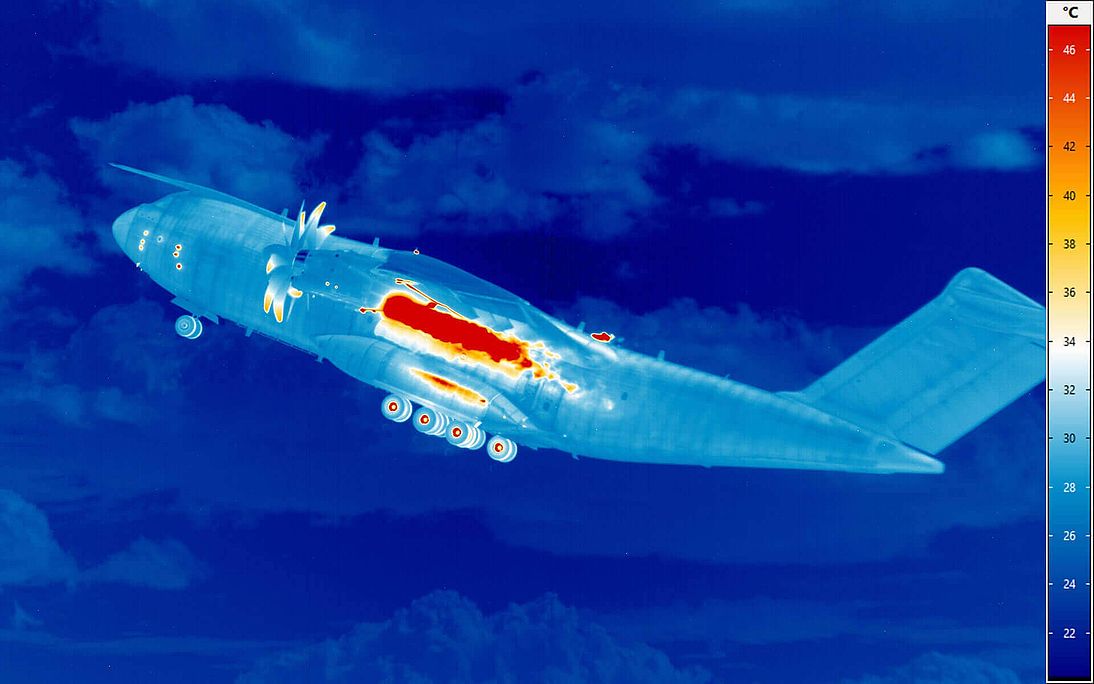Thermal imaging, also known as infrared (IR) imaging or thermal video, is the use of an image sensor to measure the temperature of an object. The temperatures are then translated into visible light that can be seen by the human eye.
Thermal imagers work by detecting the infrared radiation (heat) that is emitted by all objects. This radiation is invisible to the human eye but can be detected by specialised sensors. The amount of radiation emitted by an object increases with its temperature; therefore, thermal imagers can be used to measure the temperature of an object.
The benefits of using thermal imaging in aircraft are:
– It can help pilots to avoid dangerous areas of turbulence.
– It can be used to detect engine problems.
– It can help in search and rescue operations.
– It can be used to monitor volcanic activity.
How thermal imaging is used in the aircraft industry
Thermal imaging is used in a variety of ways in the aircraft industry. Some of the most common applications are:
– To detect engine problems: Thermal imaging can be used to detect hot spots in engines, which could indicate a potential problem.
– To monitor volcanic activity: Thermal imaging can be used to monitor volcanic activity by detecting changes in temperature. This information can be used to warn pilots of potential hazards.
– To search and rescue operations: Thermal imaging can be used to help locate people who are lost or injured in remote areas. The heat signature of a person can be detected even if they are hidden from view.
– To avoid dangerous areas of turbulence: Thermal imaging can be used to detect areas of turbulence. This information can be used to help pilots avoid these areas.
The benefits of using thermal imaging in aircraft maintenance and repair
There are many benefits of using thermal imaging in aircraft maintenance and repair. Some of the most common benefits are:
– Thermal imaging can help to detect problems before they become serious. This can save time and money on repairs.
– Thermal imaging can be used to inspect hard-to-reach areas. This means that less time is needed for repairs.
– Thermal imaging can help to reduce downtime. This is because problems can be detected and repaired quickly.
– Thermal imaging can improve safety. This is because it can help to detect potential hazards before they become a danger to people or property.
Some of the challenges that come with using thermal imaging in this industry
There are some challenges that come with using thermal imaging in the aircraft industry. Some of these challenges are:
– Thermal imagers can be expensive. This means that they may not be affordable for all businesses.
– Thermal imagers require specialised training to use effectively. This means that not all people will be able to use them correctly.
– Thermal imagers can only be used in certain conditions. This means that they may not be suitable for all situations.
The future of thermal imaging in aircraft maintenance and repair
The future of thermal imaging in aircraft maintenance and repair looks promising. Thermal imaging is an effective tool that can help to improve safety and efficiency in this industry. As the technology continues to develop, it is likely that thermal imaging will become even more widely used in aircraft maintenance and repair.
